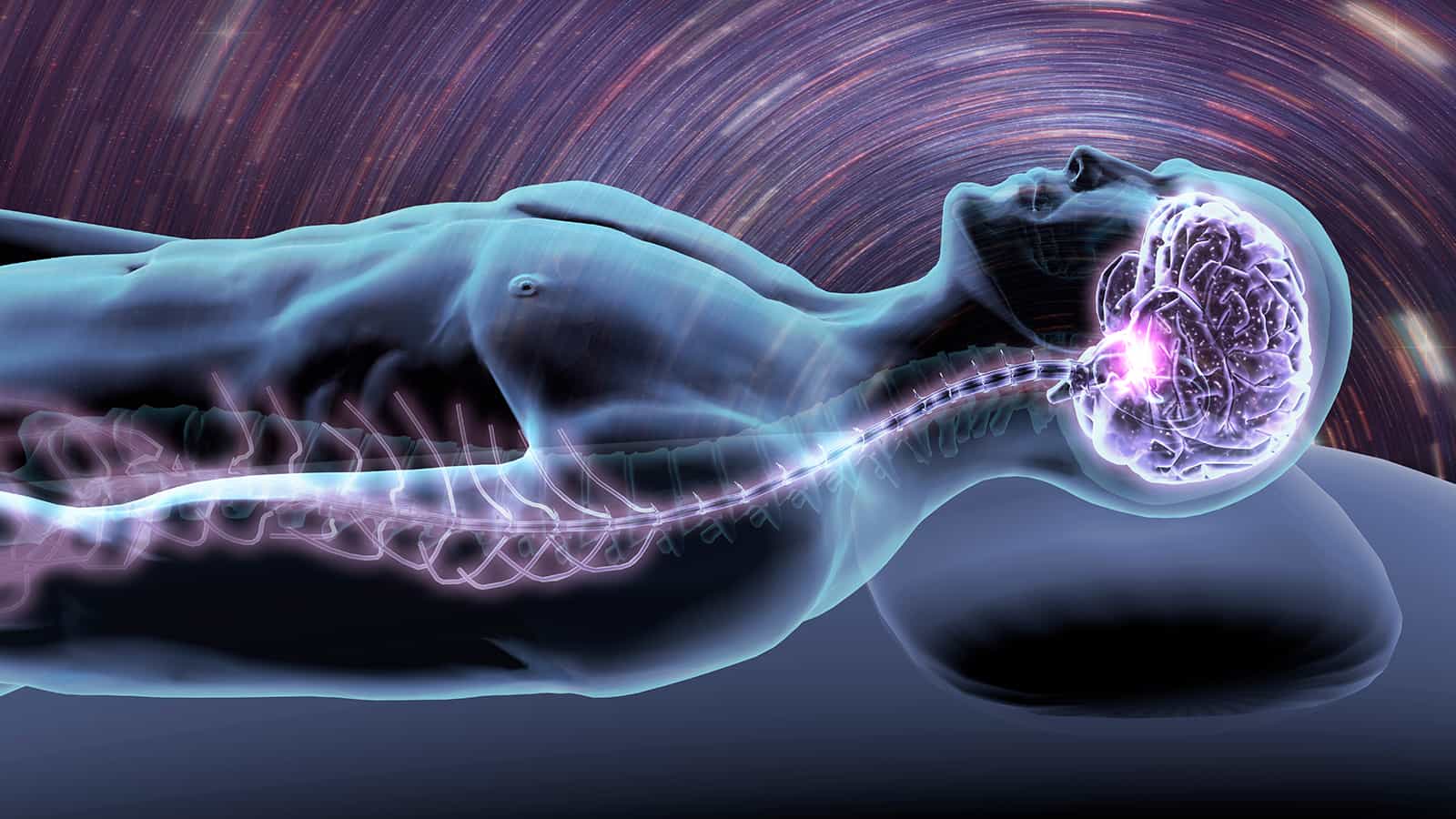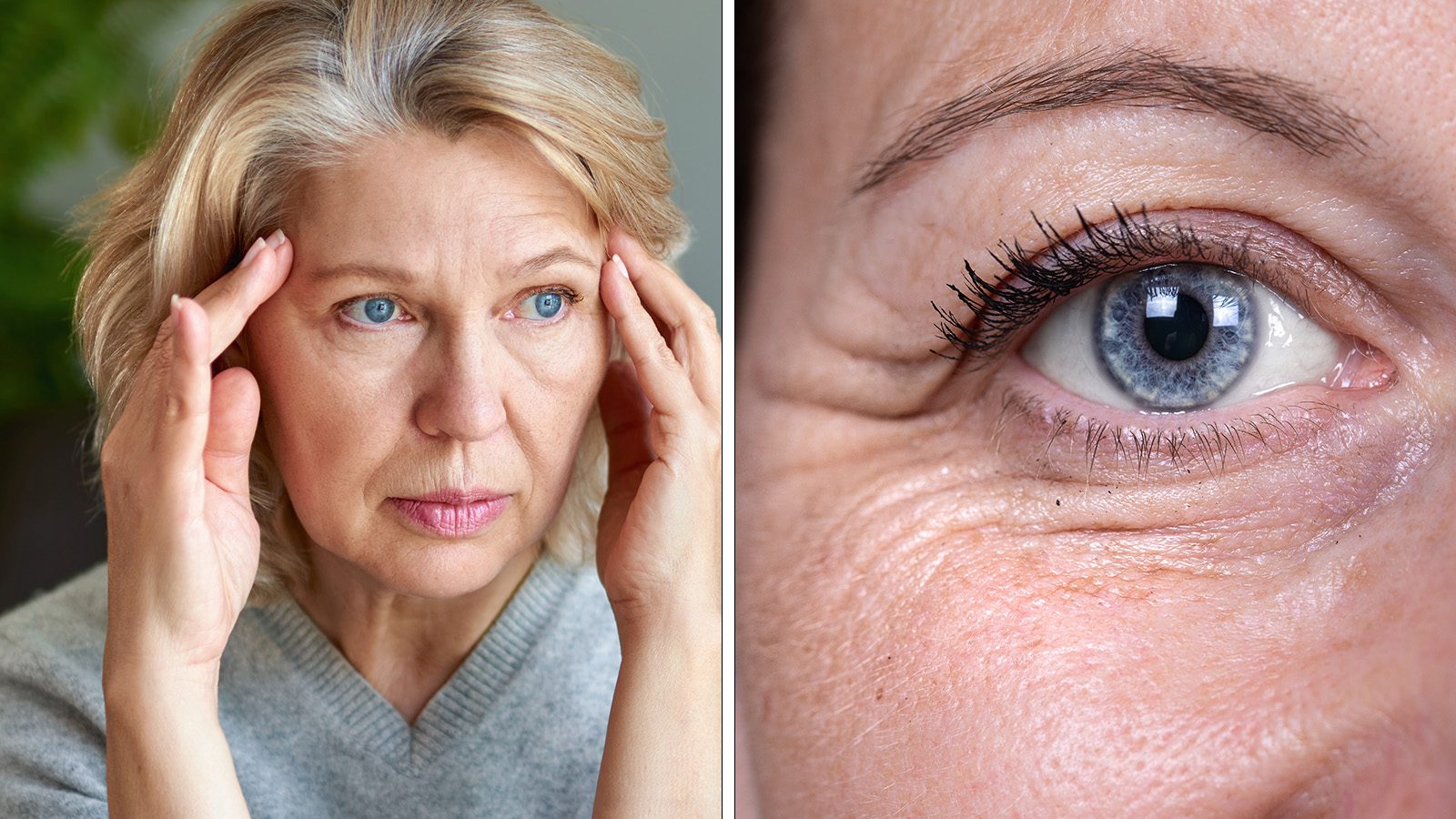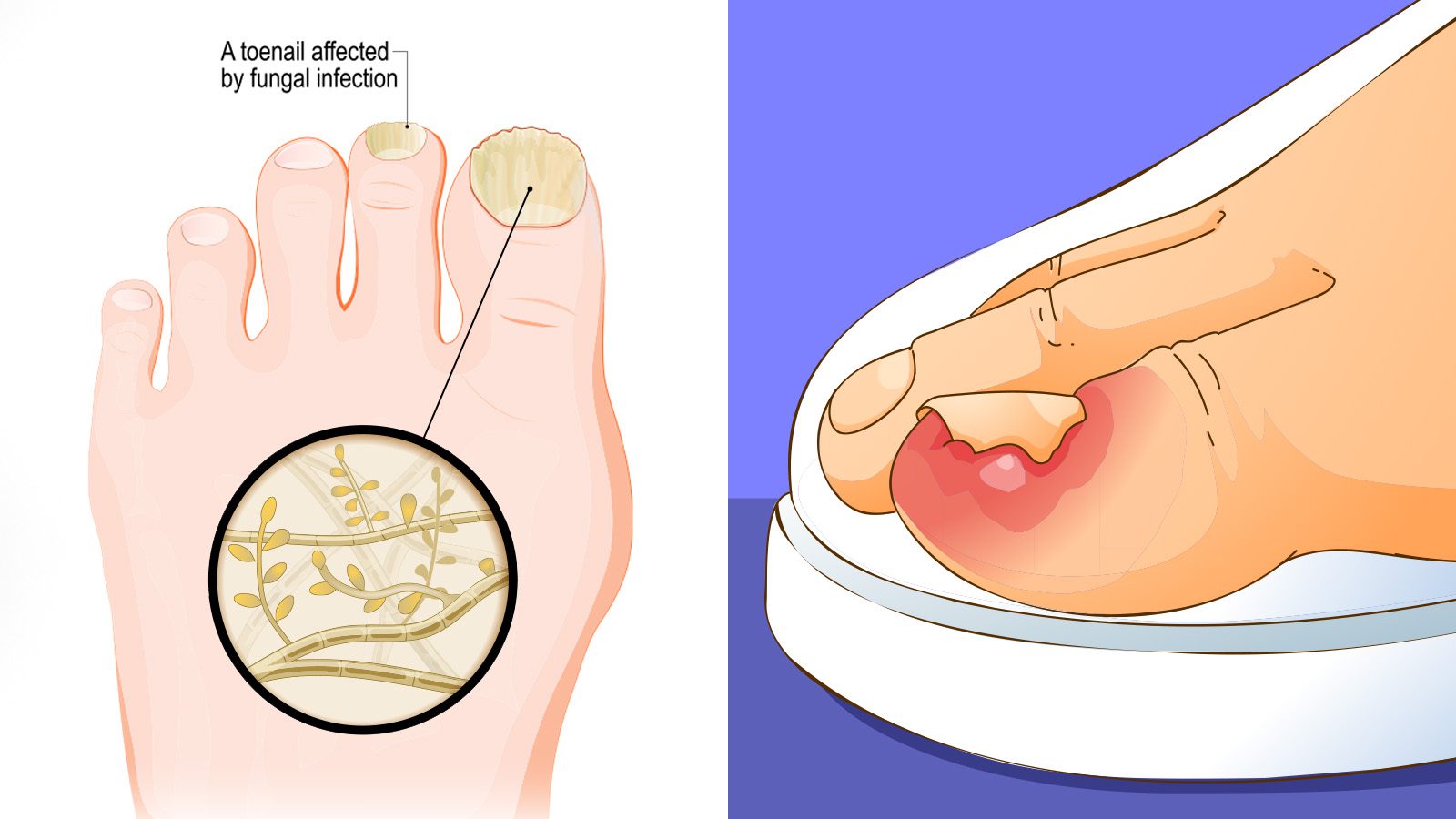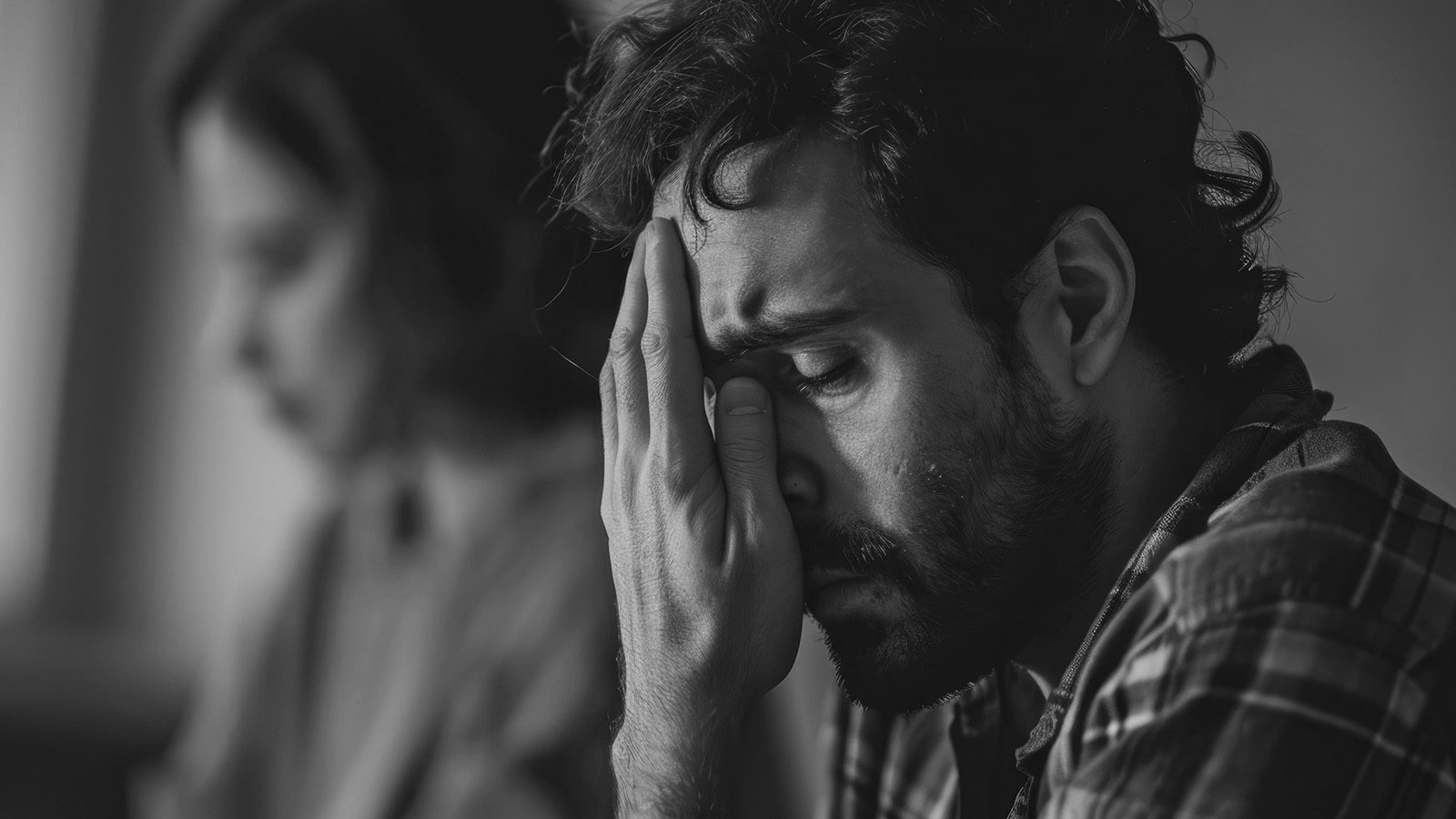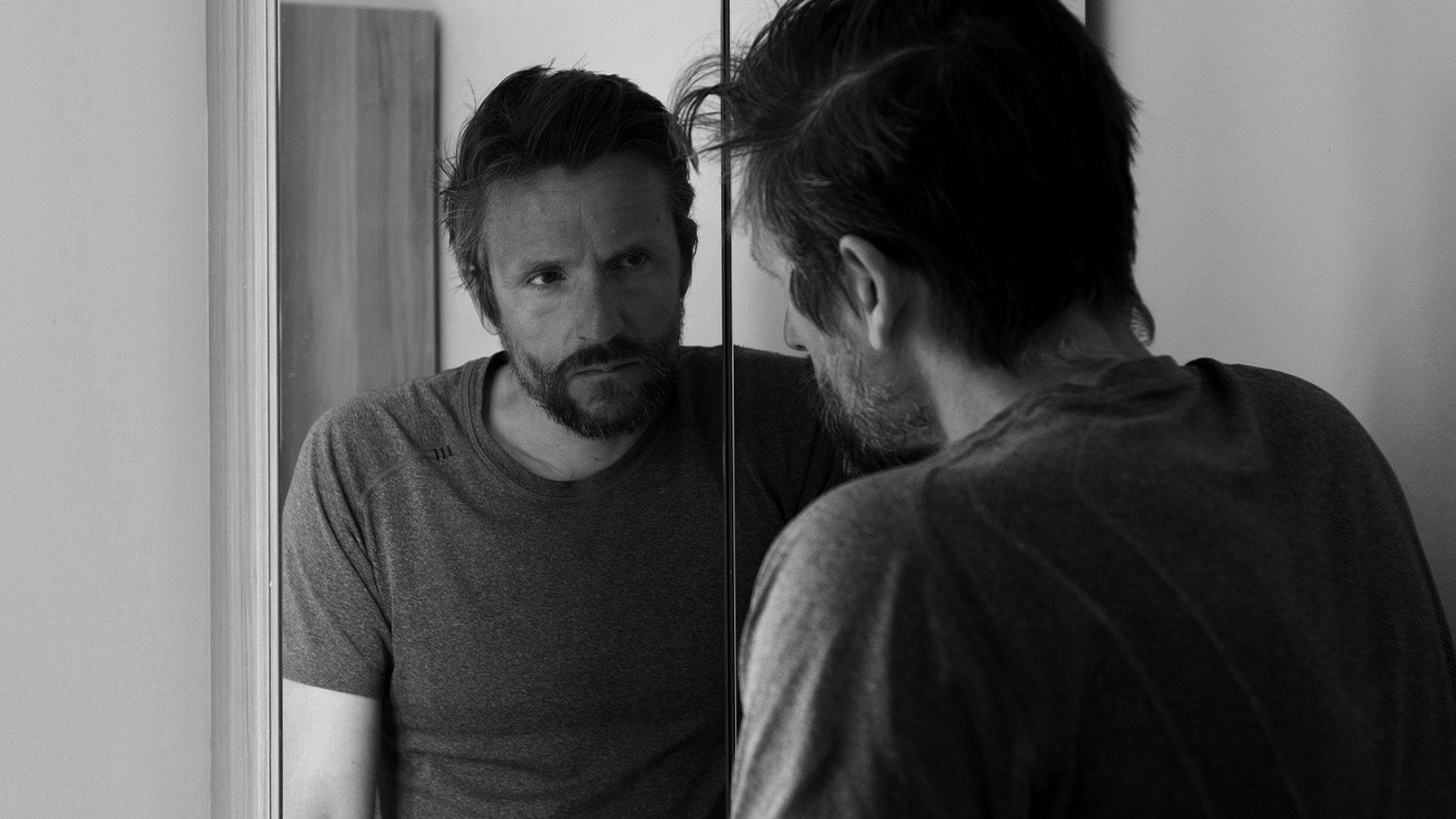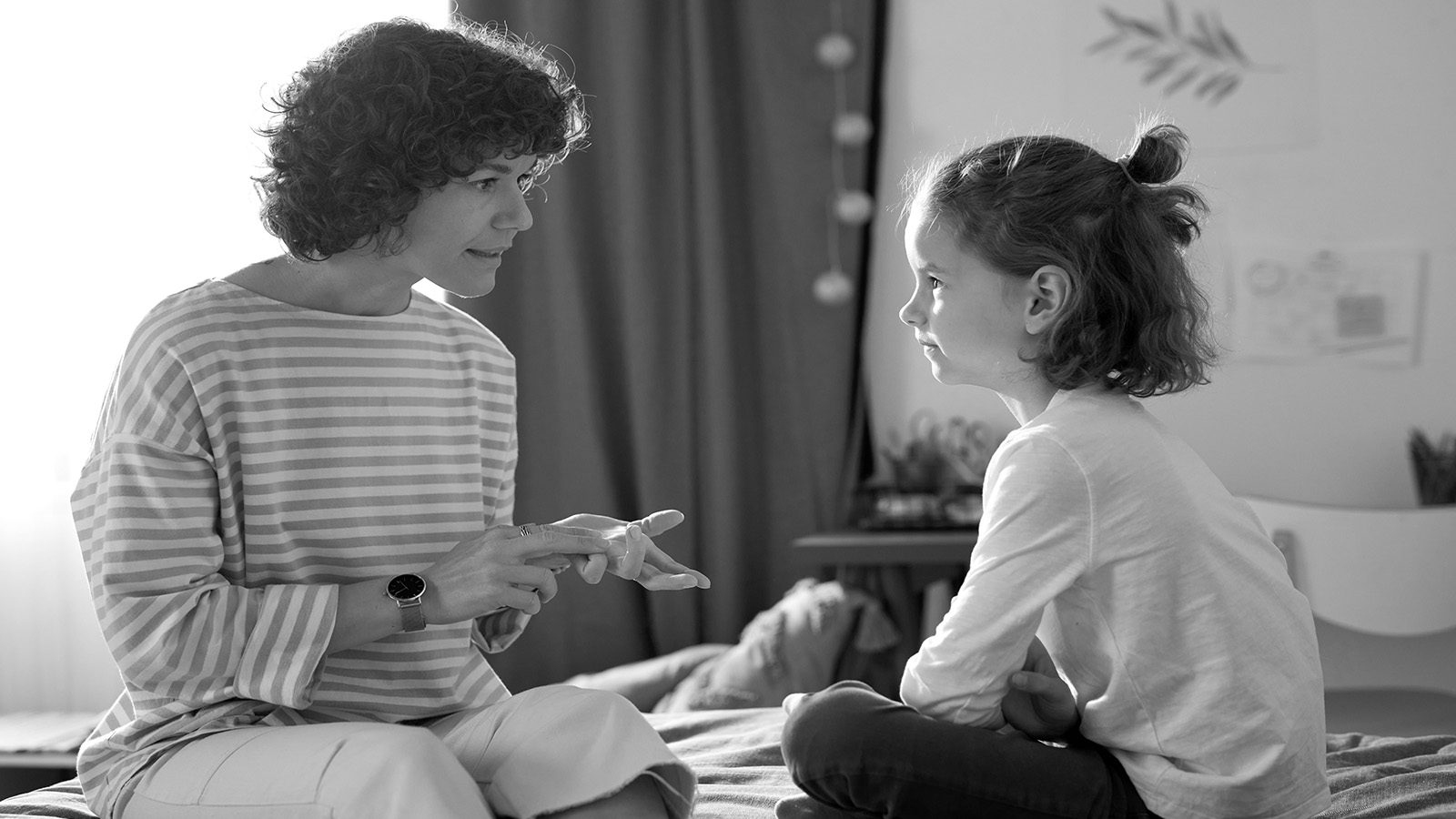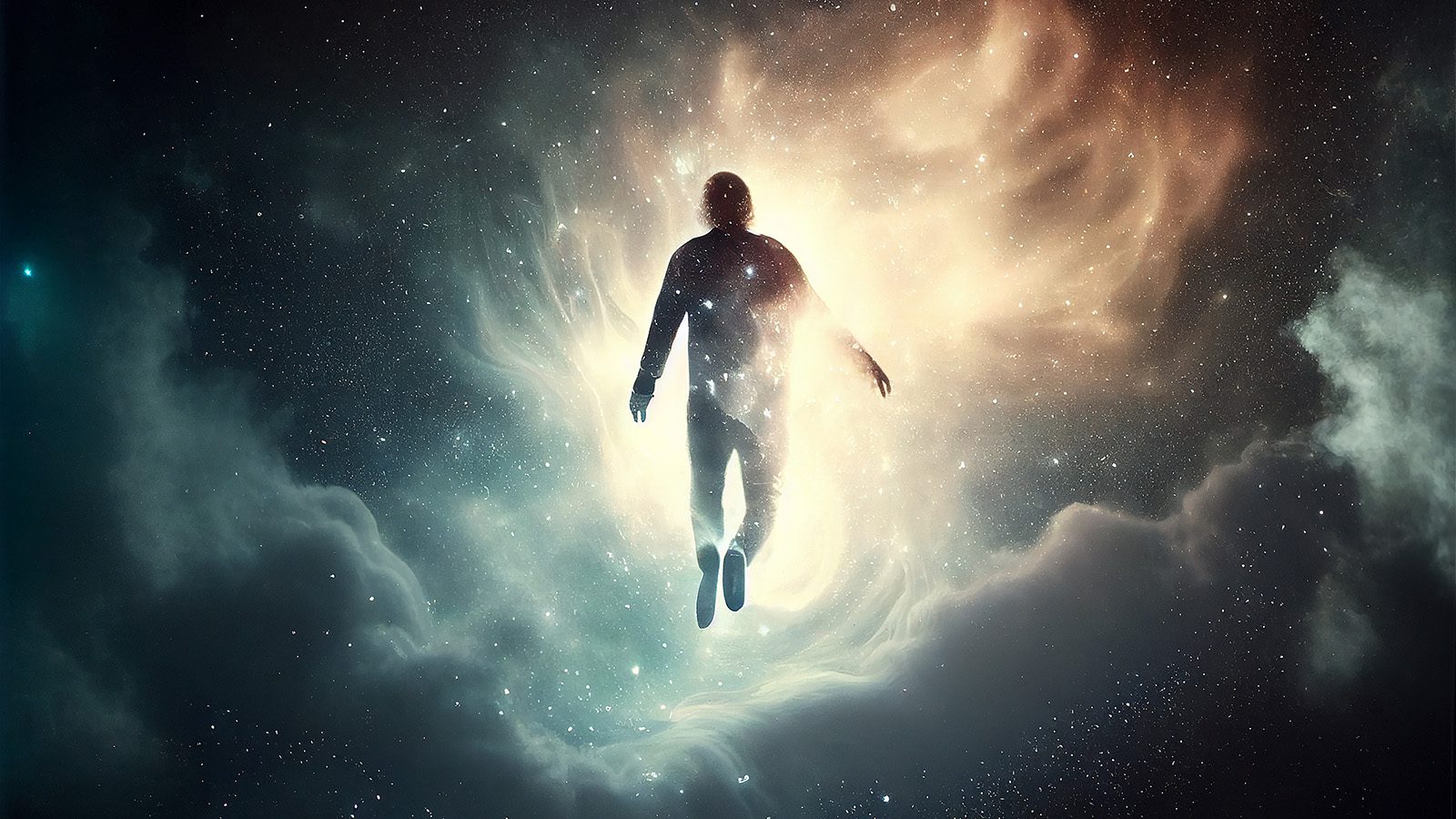Neuroscientists’ new theory of dreams suggests that we dream to understand our experiences better. Dreams have fascinated humans throughout history, and the question of why we dream remains a mystery. However, new research within the scientific community seems to have gotten closer to the answer.
The hypothesis published May 14 in the journal Patterns suggests that our dreams help our brains better generalize our daily experiences. Neuroscientists have many other theories, but the abstract nature of dreams themselves has contradicted previous hypotheses. This research, however, gets to the heart of the matter, taking an objective rather than a conceptual approach.
Dr. Erik Hoel, a research assistant professor of neuroscience at Tufts University, reveals a new theory of dreams. He calls it the overfitted brain hypothesis, which states that the brains of organisms fit too well to their daily exposure to stimuli. In turn, this causes poor generalization and overfitting. Dr. Hoel believes dreams serve as a way to correct the brain’s generalization errors. Dreams help the brain “zoom-out” to get a clearer picture of life’s experiences.
“There’s an incredible number of theories of why we dream,” says Hoel. “But I wanted to bring to attention a theory of dreams that takes dreaming itself very seriously — that says the experience of dreams is why you’re dreaming.”
The theory of dreams compares the brain to machine learning
In the paper, Dr. Hoel compares the brain to machines programmed by AI to perform specific tasks. When AI becomes too familiar with the data, it’s trained. It often assumes that it will encounter these same scenarios everywhere. In other words, as the AI learns, it performs well on one dataset but doesn’t adjust well to others.Data scientists fix this common problem by programming a bit of chaos into the data. In one regularization method called “dropout,” scientists ignore specific data. In this way, the AI avoids overfitting and generalizes experiences more efficiently.
You can compare this to random black boxes suddenly appearing on an internal screen of a self-driving car. The car would see the black boxes and focus instead on the bigger picture of its surroundings. The AI will understand the broad driving experience better by not getting caught up in the details.
“The original inspiration for deep neural networks was the brain,” Hoel says. And while comparing the brain to technology is not new, he explains that using deep neural networks to describe the overfitted brain hypothesis was a natural connection. “If you look at the techniques that people use in the regularization of deep learning, it’s often the case that those techniques bear some striking similarities to dreams,” he says.
What does this mean?
Keeping this in mind, this theory of dreams suggests that we dream of having a more well-rounded understanding of the world. Much like deep neural networks involved in AI and machine learning, our brains become too familiar with a specific dataset in our daily life.
Dr. Hoel says that the brain creates a strange version of our lives in our dreams to combat this monotony. This compares to dropout in technology, which makes sense because our brains are massive computers.
“It is the very strangeness of dreams in their divergence from waking experience that gives them their biological function,” he writes.
There’s already evidence to support the new theory of dreams.
Hoel says that some neuroscience research already exists that proves the overfitted brain hypothesis. For instance, studies have shown that humans can induce dreams about something happening while awake. Repetitively performing a new task can prompt your brain to dream when you sleep. Dr. Hoel explains that excessively training the brain triggers overfitting, so the brain generalizes the task by dreaming about it.
However, Hoel says that more research is needed to confirm whether this is, in fact, the purpose of dreams. He explains that studies should include thorough behavioral tests differentiating between generalization and memorization and how sleep deprivation affects both.
Also, he wants to investigate the idea of “artificial dreams.”
The overfitted brain hypothesis came to him while contemplating the purpose of fictional works of art like movies and books. He posits that these art forms may act as substitutes for dreams.
He suggests that we may even create these outside stimuli to delay the cognitive effects of sleep deprivation. It may serve as a waking dream by emphasizing its dream-like nature through virtual reality technology, films, books, and TV shows.
Of course, you can always switch off learning in AI neural networks, Hoel says, but brains don’t work that way. Brains should always keep learning new things, and that’s where the overfitted brain hypothesis comes into play. Dreams help keep life interesting, taking the monotony out of our everyday existence.
“Life is boring sometimes,” he says. “Dreams are there to keep you from becoming too fitted to the model of the world.”
This is undoubtedly an interesting new theory of dreams that captures the complexity of the human brain. It makes sense that our brains would create plans to escape our otherwise repetitive existence. Hopefully, future studies will make even more fascinating discoveries about the purpose of dreams.
Final thoughts on a new theory of dreams and why they happen by neuroscientists
An exciting new theory of dreams suggests that we dream of a better understanding of everyday life. Neuroscientists compare our brains to machines in that both can perform complex tasks by learning specific datasets. However, our brains tend to get “stuck” in a particular learning pattern, preventing us from fully understanding reality. Scientists believe that we dream of understanding everyday life better and avoiding overgeneralization.
Perhaps this study will lead to an even deeper understanding of this theory of dreams. Scientists have contemplated the meaning of dreams for centuries, but they’ve gotten a little closer to solving the mystery with this study.

